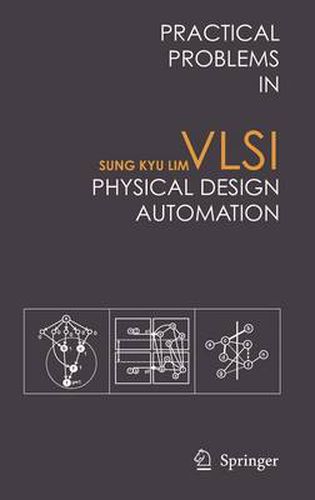Readings Newsletter
Become a Readings Member to make your shopping experience even easier.
Sign in or sign up for free!
You’re not far away from qualifying for FREE standard shipping within Australia
You’ve qualified for FREE standard shipping within Australia
The cart is loading…






This title is printed to order. This book may have been self-published. If so, we cannot guarantee the quality of the content. In the main most books will have gone through the editing process however some may not. We therefore suggest that you be aware of this before ordering this book. If in doubt check either the author or publisher’s details as we are unable to accept any returns unless they are faulty. Please contact us if you have any questions.
Practical Problems in VLSI Physical Design Automation contains problems and solutions related to various well-known algorithms used in VLSI physical design automation. Dr. Lim believes that the best way to learn new algorithms is to walk through a small example by hand. This knowledge will greatly help understand, analyze, and improve some of the well-known algorithms. The author has designed and taught a graduate-level course on physical CAD for VLSI at Georgia Tech. Over the years he has written his homework with such a focus and has maintained typeset version of the solutions.
$9.00 standard shipping within Australia
FREE standard shipping within Australia for orders over $100.00
Express & International shipping calculated at checkout
This title is printed to order. This book may have been self-published. If so, we cannot guarantee the quality of the content. In the main most books will have gone through the editing process however some may not. We therefore suggest that you be aware of this before ordering this book. If in doubt check either the author or publisher’s details as we are unable to accept any returns unless they are faulty. Please contact us if you have any questions.
Practical Problems in VLSI Physical Design Automation contains problems and solutions related to various well-known algorithms used in VLSI physical design automation. Dr. Lim believes that the best way to learn new algorithms is to walk through a small example by hand. This knowledge will greatly help understand, analyze, and improve some of the well-known algorithms. The author has designed and taught a graduate-level course on physical CAD for VLSI at Georgia Tech. Over the years he has written his homework with such a focus and has maintained typeset version of the solutions.